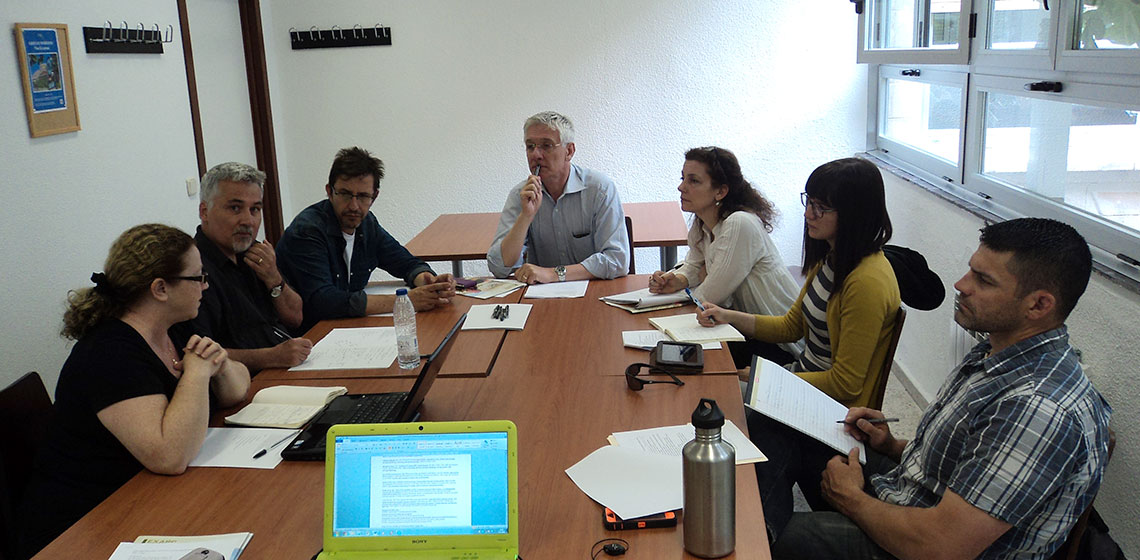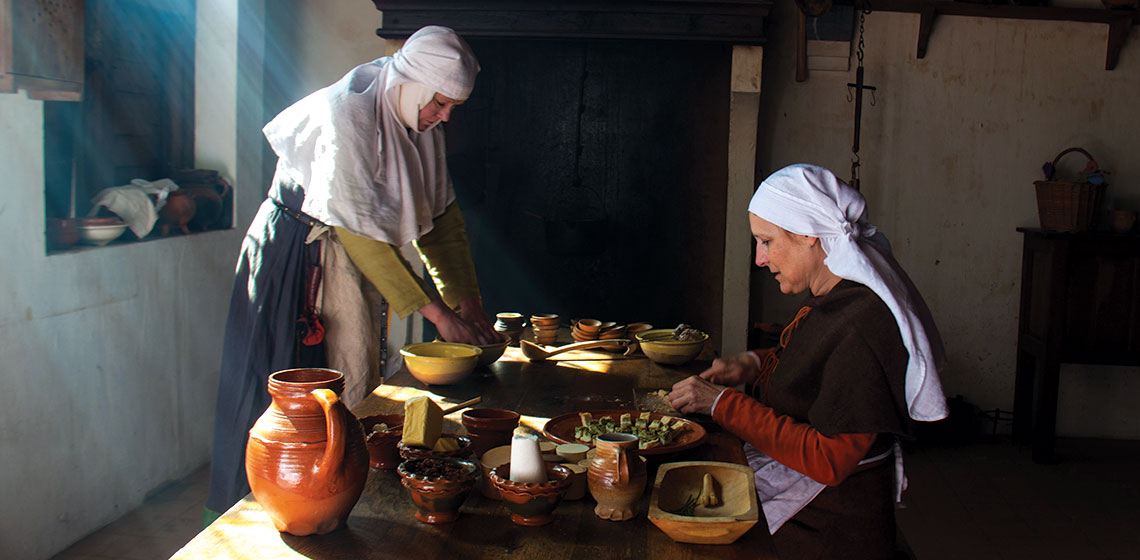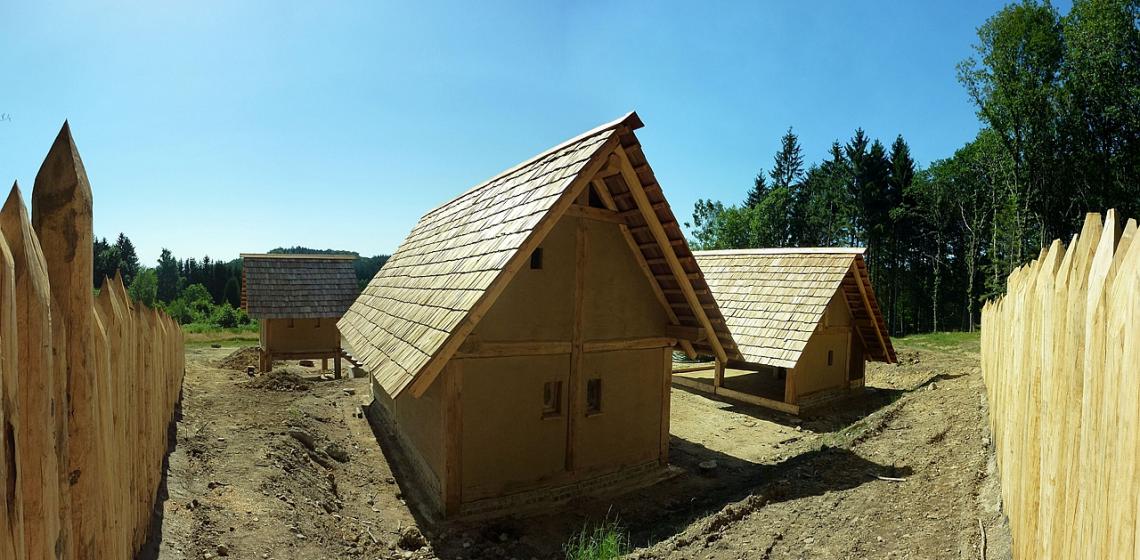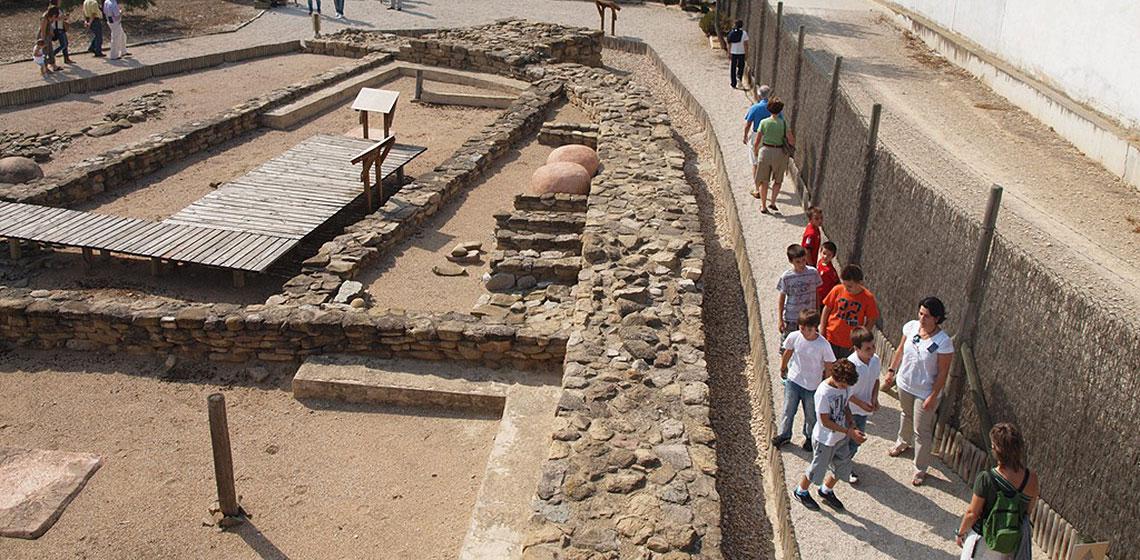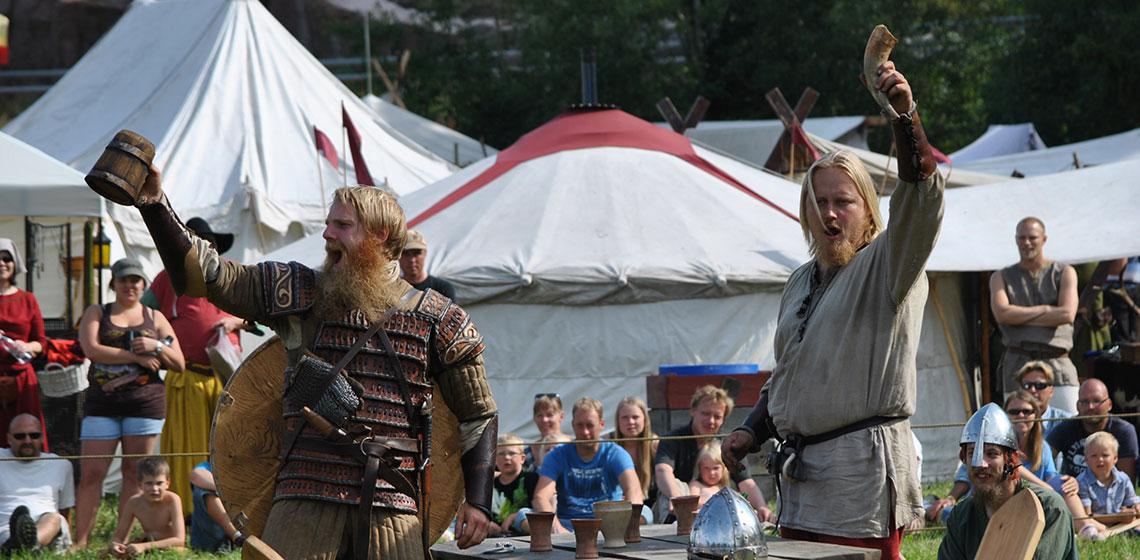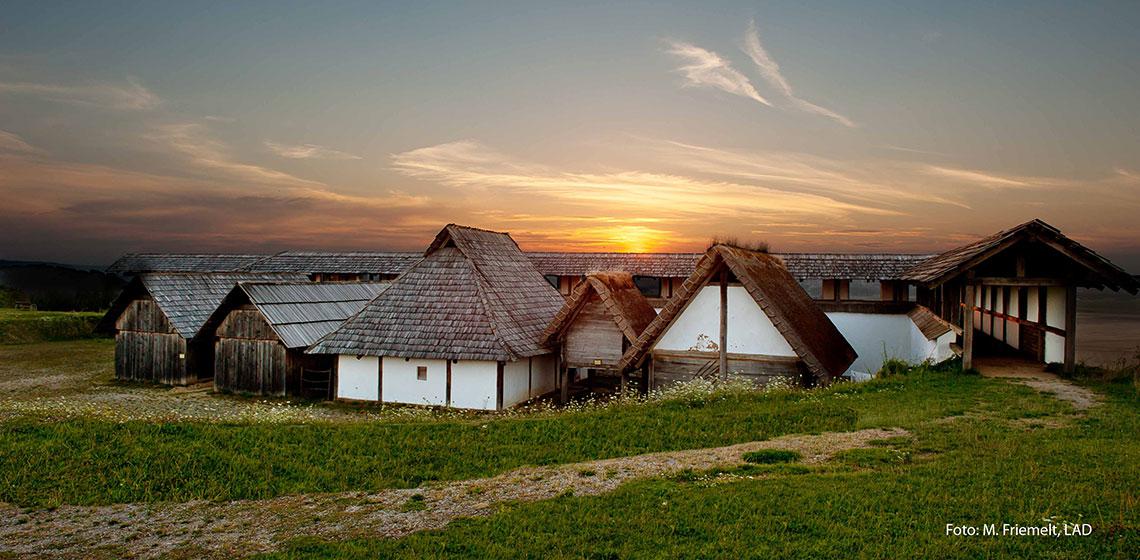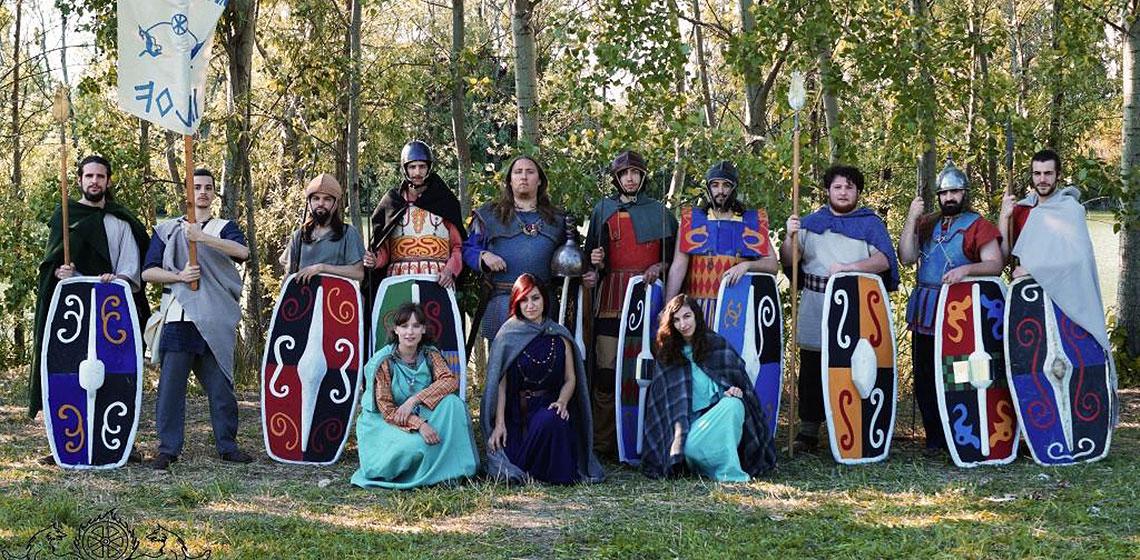Iron Age
Event Review: Food Workshop in Archeon at the OpenArch conference 2013
***Food and drink are basic needs for every human being. From the perspective of our modern culinary practices, with all its specialities and customs, the traditional cuisines, and especially the pre- and protohistoric dishes, seem not only very far away, but also very primitive and have a negative connotation...
Book Review: Reconstructing Ancient Linen Body Armour by Gregory S Aldrete, Scott Bartell and Alicia Aldrete
Everyone knows that the Ancient Greeks wore bronze armour. Examples have been excavated, mentioned in the literature and depicted on vases, statues et cetera. But there is also mention of something they called 'linothorax': literally, 'linen chest', meaning linen armour for the chest...
Keltenpark Otzenhausen (DE)
Near the important hillfort site of Otzenhausen, famous Iron Age site traditionally linked to a Celtic prince enemy to Caesar, the project for an Archaeological open-air museum was started in 2011 and opened in 2016.
Near the important hillfort site of Otzenhausen, famous Iron Age site traditionally linked to a Celtic prince enemy to Caesar, the project for an Archaeological open-air museum was started in 2011 and opened in 2016.
Museo y Yacimiento Arqueológicos de las Eretas (ES)
The archaeological site of Las Eretas is a fortified village built in the 7th century BC near Berbinzana, in Navarra, north east Spain. The sites shows how Iron Age life of the 6th and 5th century BC was like and a museum close to the site displays the most important artefacts and explains the history of the site.
The archaeological site of Las Eretas is a fortified village built in the 7th century BC near Berbinzana, in Navarra, north east Spain. The sites shows how Iron Age life of the 6th and 5th century BC was like and a museum...
Fornföreningen Fibula (AX)
The purpose of the association is to increase the knowledge about the Åland Island prehistoric epochs, primary the Viking time. Our goal is to emphasize the Iron Age by means of the reconstructed houses and a Viking ship, guided tours in the village, role play, re-enactments / camps for school kids, and banquets for companies, experiments and demonstration of crafts.
The purpose of the association is to increase the knowledge about the Åland Island prehistoric epochs, primary the Viking time. Our goal is to emphasize the Iron Age...
Katharina Detreköy
The point of my interest is Northeast Greenlandic archaeology: Independence, Saqqaq (a settlement in Western Greenland), Dorset culture (a Paleo-Inuit culture, lasting from 500 BC to between 1000 and 1500 AD).
Freilichtmuseum Heuneburg - Keltenstadt Pyrene (DE)
The open-air museum Heuneburg Keltenstadt shows reconstructed buildings on the Heuneburg plateau. The Heuneburg itself is a prehistoric hill site at the upper course of the Danube between Ulm and Sigmaringen. It is one of the most well-known Celtic sites in Central Europe. The main occupation was during the 6th century BC., when a Celtic prince site was located here. The hill fort was surrounded by several burial mounds containing luxurious grave goods. Based on the results of current research projects the Heuneburg may be correlate with the Celtic city Pyrene mentioned by the Greek author Herodotus.
The open-air museum Heuneburg Keltenstadt shows reconstructed buildings on the Heuneburg plateau. The Heuneburg itself is a prehistoric hill site at the upper course of the Danube between Ulm and Sigmaringen. It is one of the most well-known Celtic sites in Central Europe...
Sippe Ulfson (IT)
Everything which is shown is precisely reconstructed after a long and detailed study on archaeological findings of the chosen area.
The Official Goal of our Institute is to showcase the Celtic tribe of Volcae Tectosages from the III centuries BC, the Germanic tribes between the 2nd century BC and the 2nd century AD, especially the Chatti tribe, and the Celt-Iberian warriors who were part of Hannibal Barca's army when he invaded Italian Penisula in the 218 BC. We show Living History from 2008 with weaponry, clothes, wool working, hygiene tools, potteries and all things to characterize the three periods we portray.
Archäologischer Park Cambodunum (APC) (DE)
In the 1st century AD, Cambodunum, situated at present day Kempten, was the administrative centre of the province Rhaetia before this changed to Augusta Vindelicum, present day Augsburg.
In the 1st century AD, Cambodunum, situated at present day Kempten, was the administrative centre of the province Rhaetia before this changed to Augusta Vindelicum, present day Augsburg...

